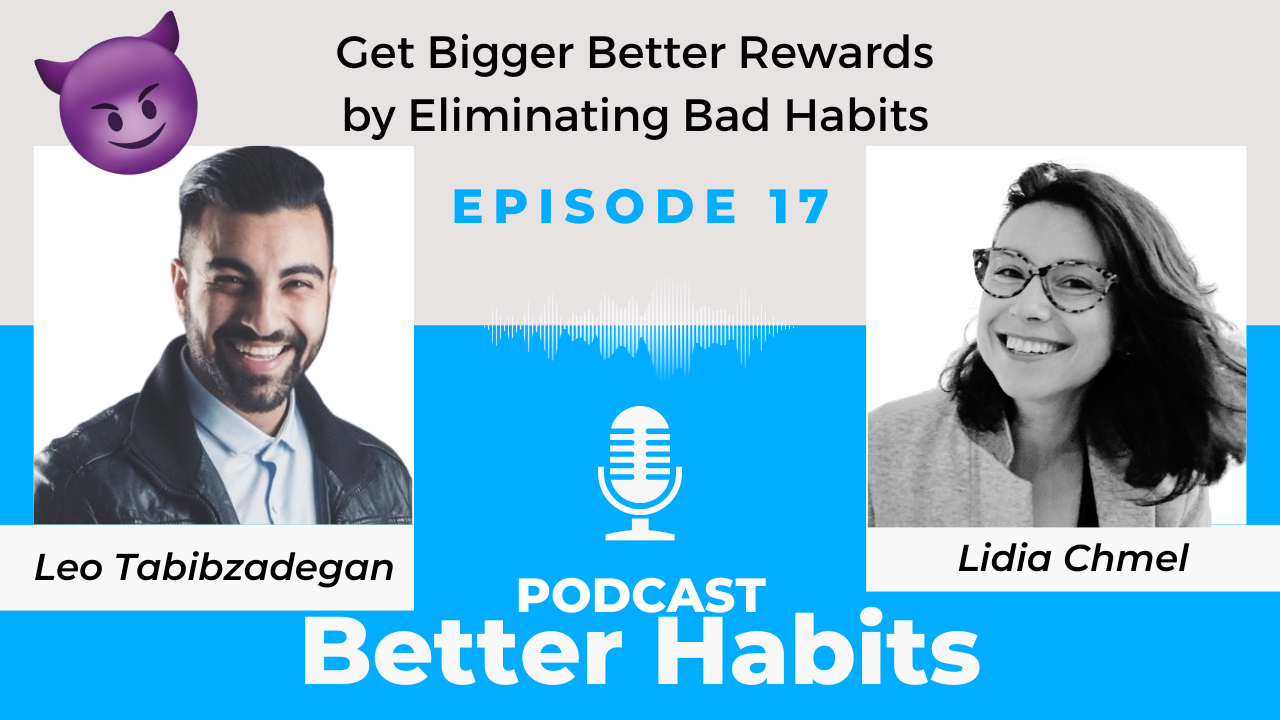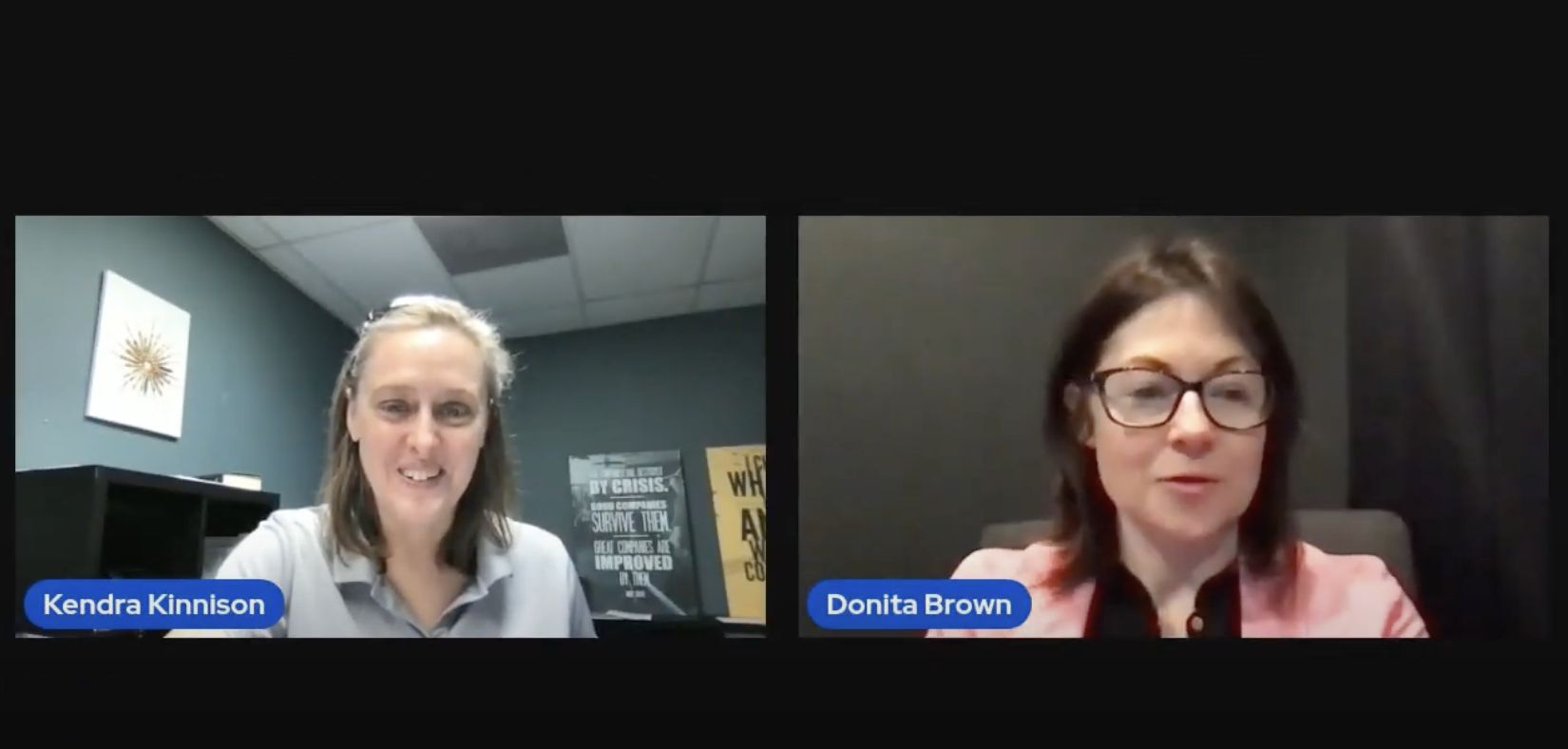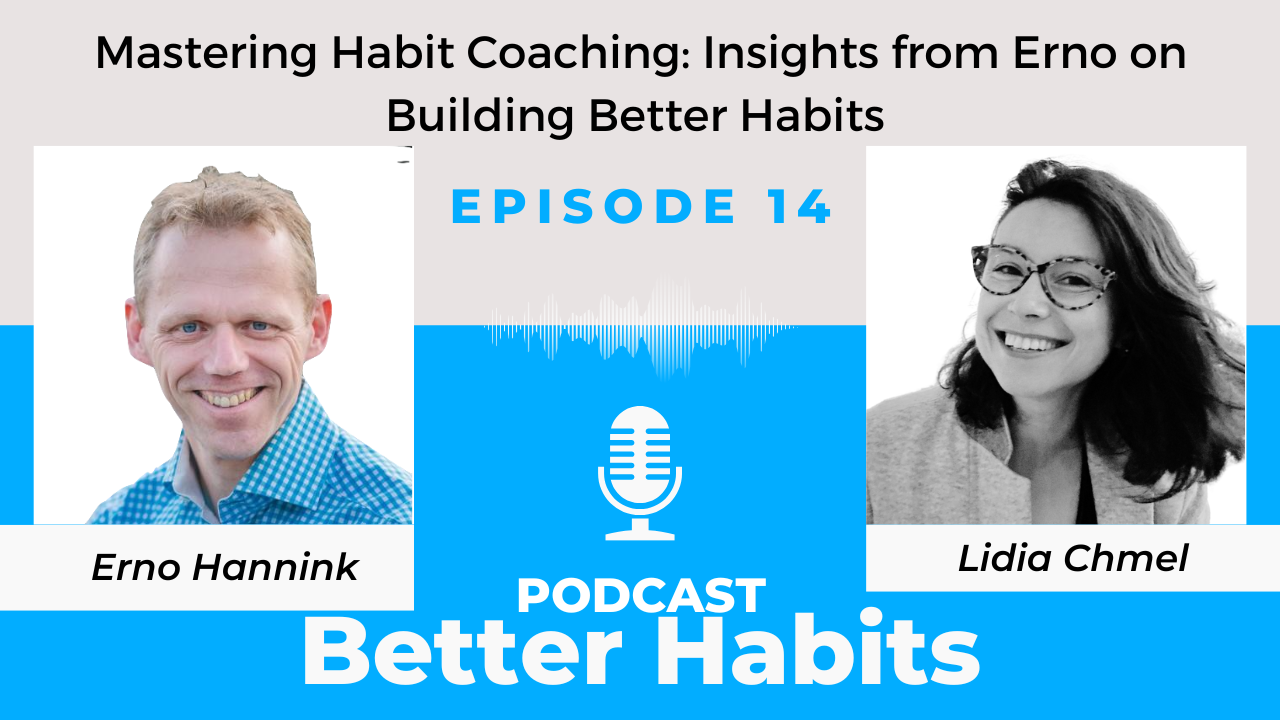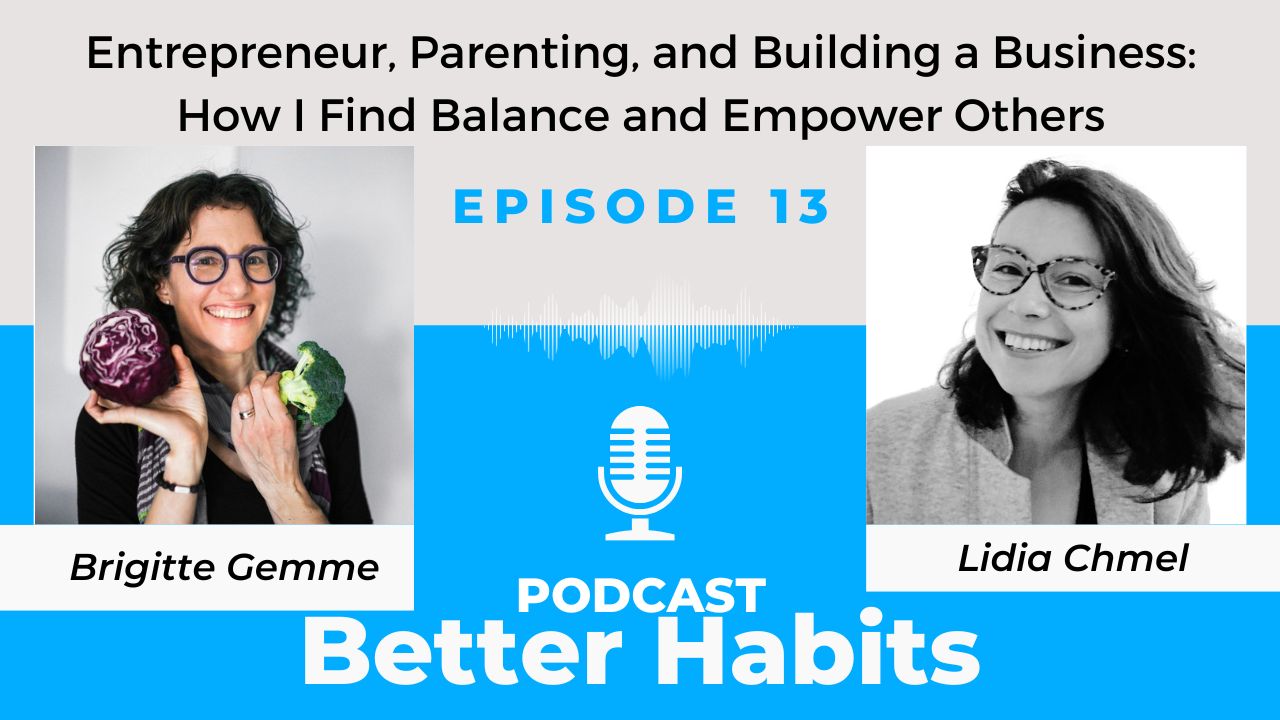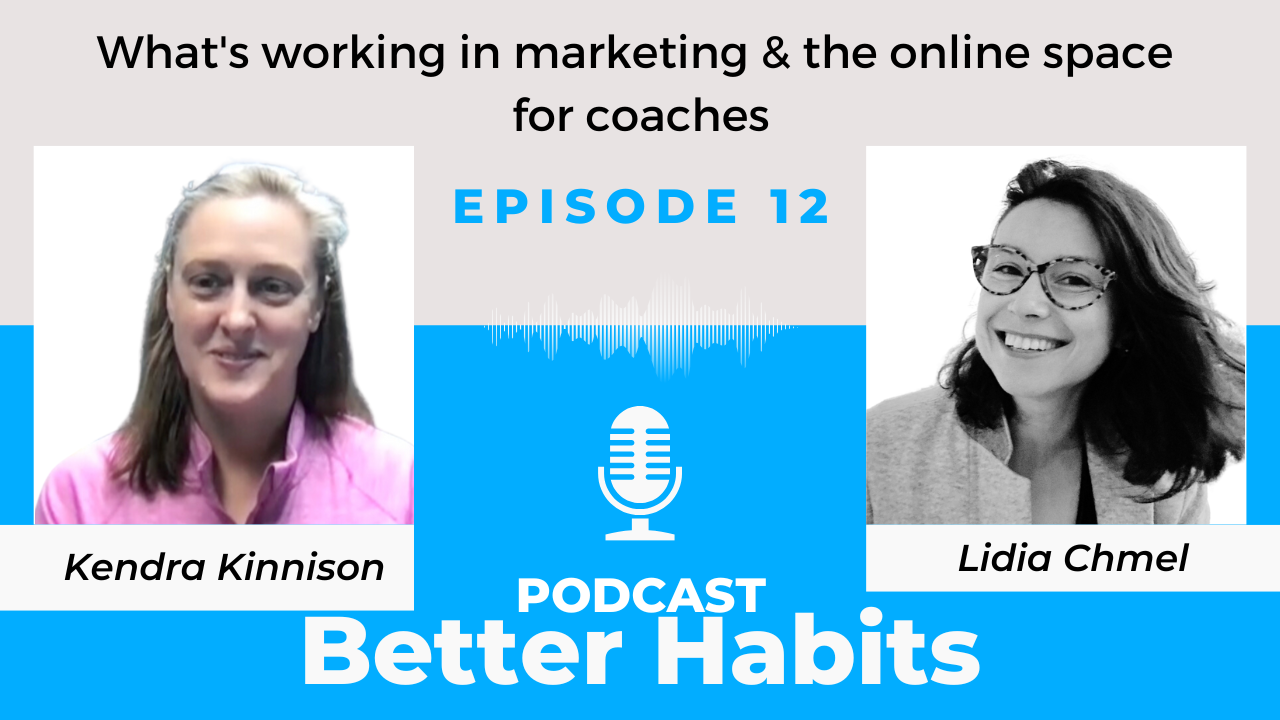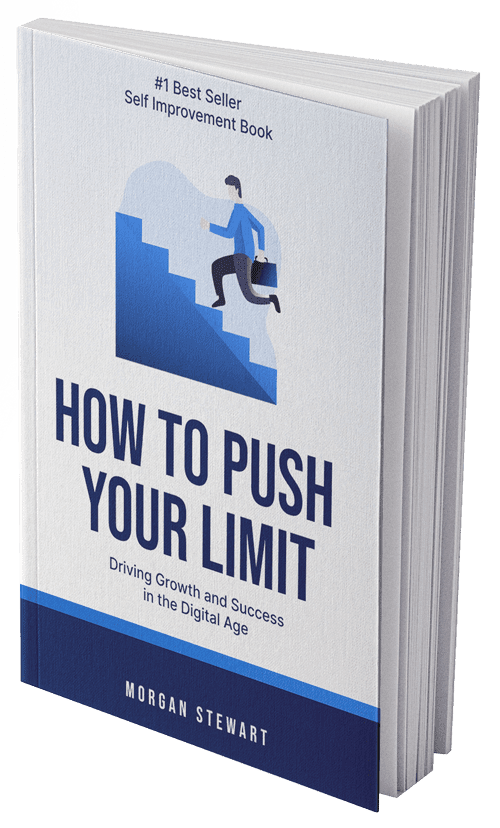“Out on the roads there is fitness and self-discovery and the persons we were destined to be.” – Dr. George Sheehan [1]
The first part of this post describes how running helped me (Tony) become the person I am today. The second part describes how our coach Meghan Kennihan can help you become a better runner and three tips you can use today.
Sign up with Meghan today and use promo code RUN to claim your free week of personal coaching.
To Know No Limits
There are few exercises in the world like running. From the start to the finish, you’re on your own two feet: no gear or equipment help you run much faster (though my Apple Watch makes me feel like I do). You can run anywhere, at any age (usually), and at any level. You’re constantly challenged to be better than you were the day before–there are no limits because there’s always a faster pace or greater distance to beat.
A wise friend once said, “I think every person should run a marathon. You finish your first race a different person than the person who started it–you’ll have run farther and longer than you ever have before.”
A marathon is 26.2 miles or 40.2 kilometers. That’s 4x greater than the height most planes fly in the sky. It’s such an unfathomable distance that the first person who ran a marathon–the Greek soldier Pheidippides in 490 BC–is fabled to have collapsed and died from the endeavor.
It’s such a great distance that most training programs don’t even have you run the entire distance until race day–often the longest training run is only 20 or 22 miles.
And so my friend is right–when you finish your first marathon, or when you run longer or faster than you ever have before, you come out stronger, more confident, and more ready to face any challenge in front of you.
I ran high school cross country and track. Our coaches, Andy Leong and Andy Chan pushed us to run through the challenges and always strive to do better than the day before. Before I met them, I thought I was lazy, and maybe I was. But I graduated from their program with a work ethic.
That’s where I developed my insatiable urge to beat my personal best. And that’s why I encourage everyone to run or find a sport such as running that will teach them grit, perseverance, and the taste of transcending your limits. Even though I’ve cut back on running (I switched to swimming and triathlons), the sport’s ethos drives me to constantly improve and be a better CEO, athlete, and person every day.
Today’s featured coach, Meghan Kennihan, is a longtime running coach, Olympic Trials qualifier, and winner of the Illinois marathon. Whether you’re looking to run a 5K or your first marathon, she can help you become a better runner. She’ll keep you on track of your training schedule and advise you on how to tweak your diet and training habits to beat your personal best. She won’t provide a specific training plan but can guide you toward those resources.
Her coaching spots are limited so sign up for coaching with Meghan today. Use the promo code RUN to get your first week of coaching free.
Here’s how Meghan works with clients and the advice she gives anyone who wants to improve their running.
#1. Personalize your training program to meet your specific goal
A generic running plan will get you started toward your goal but personalization based on your experience, fitness level, and performance targets will get you there faster.
For instance, if you want to lose weight, you should include intervals in your running routine. During an interval workout, you alternate between high intensity quick sprints and low intensity “rests.” Intervals boost your metabolism, improve endurance, and build muscle. [1] Just how helpful is interval training? Read this story by Jason Goldman, one of our investors, who lost 50 pounds with the help of two high intensity interval training sessions per week. No matter what your goal–to get stronger, faster, leaner–Meghan can give you advice on the types of workouts that will get you there.
#2. Follow the 10% rule to prevent injury
The biggest mistake beginners make is overtraining: running too often, for too long, or increasing their training intensity too quickly. Overtraining will lead to injuries that can take months to heal.
In most situations you should follow the 10-percent rule: Increase total mileage by no more than 10% each week. [2] So if you ran 10 total miles last week, keep this week’s training to 11 miles total. Don’t forget to take adequate rest days, too.
#3. Commit to your training schedule
This is where Meghan will be especially helpful. It’s crucial to follow your training plan each day. Skipping out on training runs will set your progress back and hurt your performance. This is where behavior science is your best friend:
- Commit: Look at your calendar at the beginning of the week and block out run times. Set morning alarms, put your clothes out the night before, and do anything else that will help you get out the door.
- Hack your motivation: Take this quiz by author Gretchen Rubin to discover your Tendency–how you respond to internal/external expectations–and then implement accountability systems that work best for your type. For example, if you’re an Obliger, you’re more likely to build a habit when there is an external expectation for you to meet, such as running with a friend or checking in with a coach. Coach Meghan is a Questioner, which means she reacts best to internal expectations, such as a personal training target she set for herself.
[1] http://www.active.com/running/articles/use-interval-training-to-hit-your-5k-and-10k-potential
[2] http://www.runnersworld.com/running-tips/10-percent-rule
If you enjoyed this blogpost, please share it with a friend by posting it to Twitter or sharing it on Facebook. We grow by word of mouth, so your shares are important. They also tell us that we should keep writing more posts.

